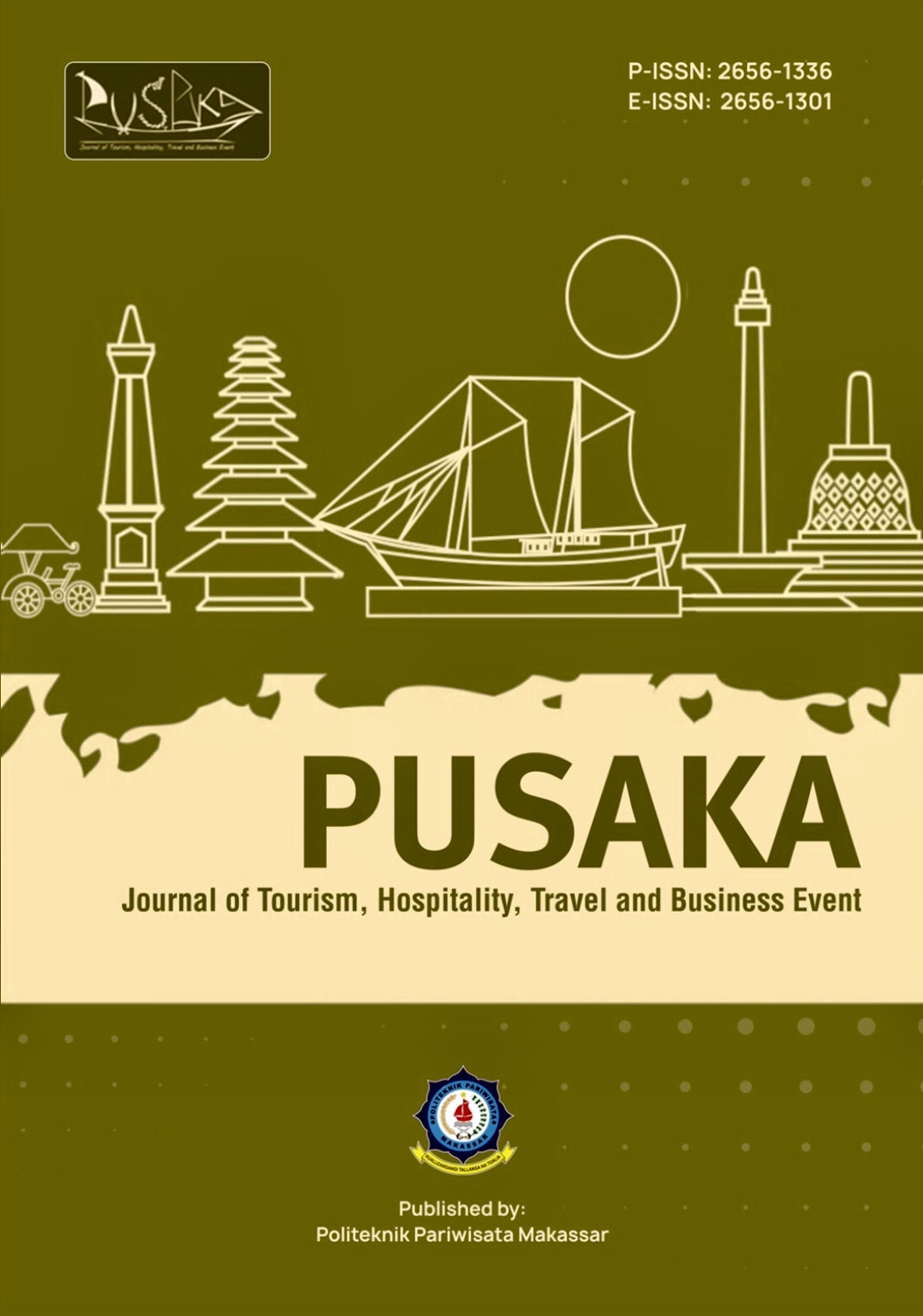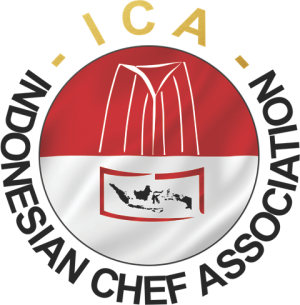“Pasang”, Knowledge and Implementation of Local Wisdom in The Kajang Traditional Forest Area, South Sulawesi
DOI:
https://doi.org/10.33649/pusaka.v4i1.151Keywords:
Kajang Indigenous Peoples, Local Wisdom, Forest Conservation, Pasang, ZoningAbstract
The Kajang tribe as a cultural and environmental tourism destination is a community of indigenous people who live in harmony with nature by having the life principle of "Kamase mase" (unpretentious) and are firm on the "Pasang" (message) of the ancestors. "Pasang" is a way of life for indigenous peoples originating from Turiek A'ra'na (the creator) which was passed down to Tu Mariolo (the first person). The core of "pasang", is to maintain and preserve the forest for a better life and more prosperous. The purpose of this research is to analyze the type of “pasang” as local knowledge and implementation of forest conservation in the Customary Areas. Data was collected through field observations and in-depth interviews with participants and key informants consisting of; 1) Customary Leaders, Ammatoa, 2) Customary Stakeholders, 3) Village Heads, 4) Non-Governmental Organizations, 5) indigenous peoples. The results showed that knowledge of local wisdom for forest conservation and management contained several "pasang". “Pasang” as Knowledge of local wisdom is implemented in the form of forest management zoning. The customary forest is divided into three zones; 1) core zone or sacred forest (borong karamaka or borong lompoa); 2) buffer zone, limited production forest (borong battasayya), and 3) utilization zone (borong Luarayya). The three forest zones have different functions and uses in Ammatoa supervision.
References
Anugrah, D., Supratman, & Mas’ud, E. I. (2020). Kajang customary law community bureaucratization? a transaction cost perspective. IOP Conference Series: Earth and Environmental Science, 575(1). https://doi.org/10.1088/1755-1315/575/1/012062
Creswell. (2018). Quantitative dan Qualitative Approaches. MIxed. Health Services Management Research, 31(3), 138–153. https://doi.org/10.1177/0951484817748157
Dassir, M. (2008). Kajang Indigenous Community Forest Management System Social Institution. Journal of Forests and Society, 3(02), 111–234.
Disnawati. (2013). Application of the Life Principles of Kamase-Masea Indigenous Peoples of Ammatoa KAjang, Bulukumba, South Sulawesi in the Management of Natural Resources. Jurnal Sabda, 8, 83–90.
Fitriana. (2017). Ammatoa Communication Patterns in Preserving Local Wisdom [UIN Alauddin Makassar]. http://repositori.uin-alauddin.ac.id/14631/1/Fitriana.pdf
Hijjang, P. (2014). Pasang and Ammatoa Leadership: Reunderstanding the Traditional Leadership System of Indigenous Peoples in Forest Resource Management in Kajang, South Sulawesi. Antropologi Indonesia, 29(3). https://doi.org/10.7454/ai.v29i3.3545
Husain B. Sarkawi. (2010). Pasang Ri Kajang: Pasang as Social Capital in Forest Management by the Ammatowa Indigenous Community, Bulukumba Regency, South Sulawesi. Society, Culture And Politics, 23(3), 229–235. http://journal.unair.ac.id/download-fullpapers-Lepasan Naskah 8 (229-235).pdf
Imran, K., Aswan, & Pratama, W. A. (2020). Strengthening the Rights of the Ammatoa Kajang Indigenous Peoples as a Form of Realization of the Constitutional Court Decision Number 35/PUUX/2012. Jurnal Legislatif, 3(2), 254–268.
Maarif, S. (2012). The Ammatoans of Sulawesi, Indonesia. In Arizona State University: Vol. (Issue 9).
Miles, M. B., Huberman, A. M., & Saldana, J. (2014). Qualitative Data Analysis (H. Salmon (ed.); 3rd ed.). SAGE Publications Asia-Pacific Pte. Ltd.
Mustolehudin, K. D. A. N., & Dakwah, F. (2020). Pasang Ri Kajang: Values of Local Wisdom in Preserving the Forest Environment in Bulukumba, South Sulawesi. Jurnal Penamas, 33(1), 133–152.
Nasir, S. R. R. (2014). SOCIAL CHANGES IN THE LOCAL COMMUNITY DUE TO TOURISM DEVELOPMENT OF WAKKA hamlet, PINRANG REGENCY (Interaction Between Tourists and Local Communities). Essay.
Ningsih, W. (2021). The Impact of the Massenrempulu Enrekang Botanical Garden Tourism Object on the Socio-Cultural Life of the Batu Mila Enrekang Community. Pusaka: Journal of Tourism, Hospitality, Travel and Business Event, 3(2), 115–122. https://doi.org/10.33649/pusaka.v3i2.104
Perda_Kabupaten_Bulukumba_Nomor_9_Tahun_2015. (2015). Perda Kabupaten Bulukumba Nomor 9 tahun 2015.
Renold, R. (2019). Strategy for Development of Tourism Potential in Bissoloro Village, Gowa Regency. Pusaka : Journal of Tourism, Hospitality, Travel and Business Event, 1(1), 18-28.
Tobroni, F. (2013). Strengthening the Rights of Indigenous Peoples to Customary Forests (Study of the Constitutional Court Decision Number 35/PUUX/2012). Jurnal Konstitusi, 10(3), 461–482.
Wiratraman, H. P., Arizona, Y., Susilaningtias, Yusmira, N., Latjupa, S., & Rona, M. (2018). Between Text and Context, Dynamics of Legal Recognition of the Rights of Indigenous Peoples to Natural Resources in Indonesia. In Journal of Materials Processing Technology (1st ed., Vol. 1, Issue 1)
Downloads
Published
How to Cite
Issue
Section
License

This work is licensed under a Creative Commons Attribution-ShareAlike 4.0 International License.






















